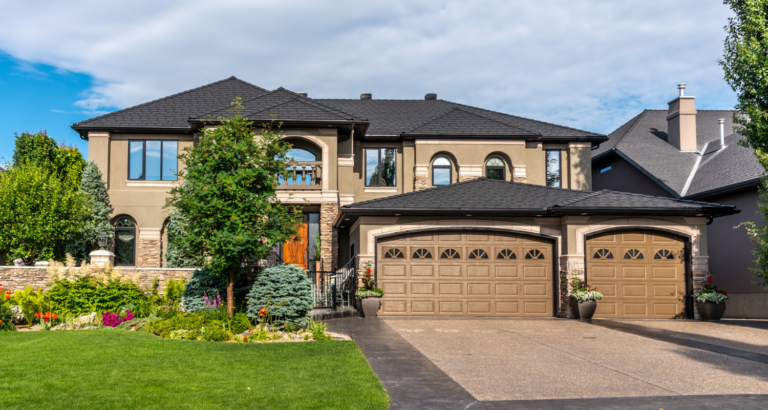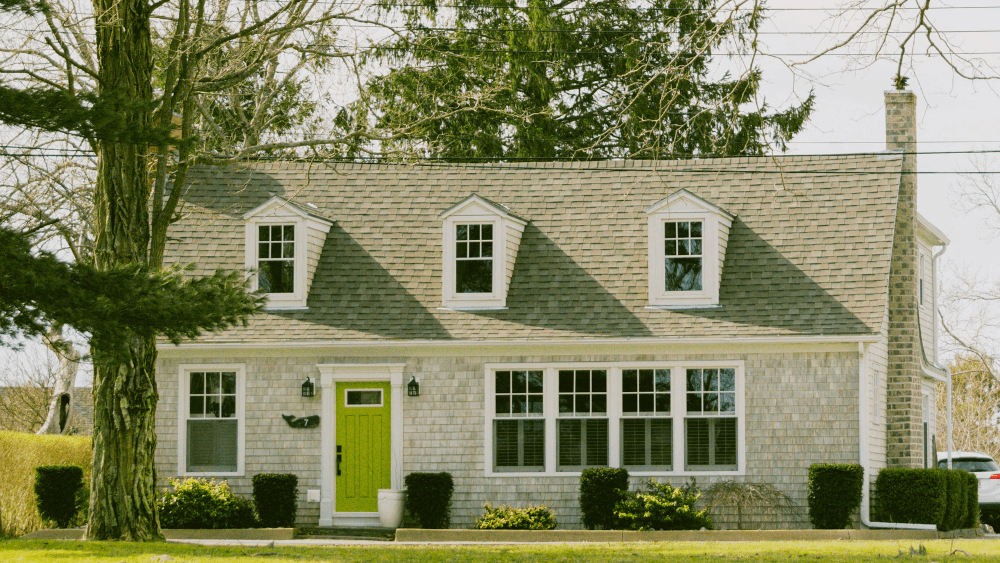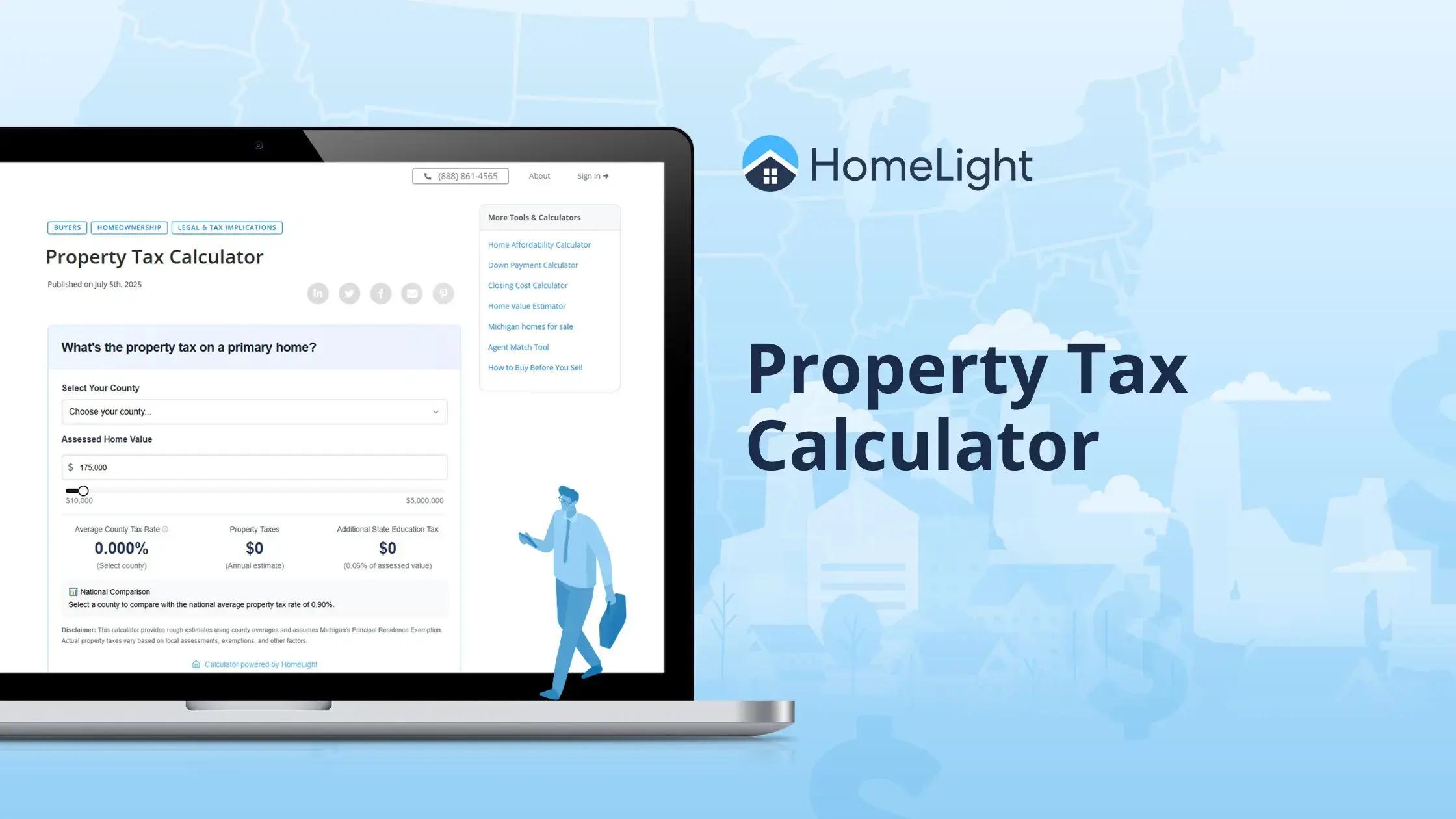
Disclaimer: This post about loan and assistance programs for low-income and minority homebuyers is provided for educational purposes and does not constitute financial advice. Individual program details can change — please visit the agency or company website for the most up-to-date information on program requirements and qualifications. Homeownership has been one of the most common and reliable ways for families to build intergenerational wealth. It’s often called the American Dream. Unfortunately, discriminatory practices against minorities, rising interest rates, and soaring housing prices have placed roadblocks on the path of many would-be homeowners. Inflation can also make the dream feel like a fantasy. While average U.S. wages increased 5.1% last year, consumers were hit with a 6.5% annual inflation rate. (Food prices jumped 10.1%.) Combined, it’s understandable why some home shoppers have placed their plans on hold. However, there is help out there. We’ve gathered information about assistance programs and their various options, from loans to down payment assistance. Here you’ll find an abundance of links and expert tips to get started on your homeownership journey. Discriminatory policies and practices have denied — and continue to deny — communities of color access to homeownership. For instance: We’re still feeling the effect of those discriminatory practices today. Those policies made and continue to make it challenging for underprivileged communities to own homes and build wealth. In a 2022 research report called “The Double Trouble of the Housing,” the National Association of Realtors (NAR) found that the disparity in homeownership is most acute between White Americans (70%) and Black Americans (40%). Another NAR report highlights similar racial disparities in homeownership: While the situation seems dire for low-income families or families of color, there is help. “The good news is a lot of grant money is floating around right now. So it’s a great time to be a first-time homebuyer,” explains New Jersey real estate agent Chiquita Pittman, a first-time homebuyer specialist with 25 years of experience. “There are several different options out there; the kicker is that with each lender, different programs will be available. You’ll want to reach out to several different lenders, and that’s where it’s beneficial to have a Realtor that is super knowledgeable about what programs are out there,” explains Amber Carlton, a Fargo, North Dakota agent who works with 71% more single-family homes than the average agent in her market. Read on: We’ll provide resource links and expert tips to help low-income and non-white home buyers. No, you don’t need a 20% down payment to buy a house. The myth persists because potential homebuyers used to have to put that much money down. The real problem with the legend is that it acts as a barrier to entry for many people stuck on the rent treadmill. The reality: the typical down payment for first-time buyers was 6% in 2022 compared to 17% for repeat buyers, according to the NAR. Assistance programs and alternative loans are available to assist low-income and buyers of color off the rent treadmill and into homeownership. Learn more: Check out HomeLight’s Home Affordability and Down Payment calculators. The most common forms of assistance or alternative loan fall into the following broad categories: Down payment assistance programs help first-time homebuyers who need cash for a down payment. Closing the homeownership gap is integral to enabling communities of color to also close the wealth gap. Federally, Congress has introduced the Downpayment Toward Equity Act. If the bill passes, the act will provide eligible homebuyers up to $25,000 cash for a down payment, closing costs, and other home-buying fees. To learn more, visit this FAQ page from the National Council of State Housing Agencies. State, county, and city down payment assistance programs exist as well. Typically, the programs are for first-time homebuyers. One of the best ways to find a down payment assistance program near you is to consult a top real estate agent. Another way is to search the internet for “down payment assistance programs + [your location].” A cursory search should show you the programs that may benefit you. There are government-backed loan options for low-income households. You may be eligible for one of the following programs: The Federal Housing Administration insures FHA loans with qualified lenders who will provide the following: You may have to pay Private Mortgage Insurance (PMI) as a condition of an FHA loan. An FHA 203(K) loan insures mortgages for purchasing and rehabbing a home. The 203(K) loan is best for buyers interested in buying a fixer-upper. The U.S. Department of Housing and Urban Development has the Good Neighbor Next Door Program, designed for public servants willing to live in a single-family home in a revitalization area. To qualify, you need to have one of the following careers: Qualified buyers can receive a 50% discount on the home’s list price. The caveat is that the house has to come from HUD’s listing, and the buyer must commit to living in the home for 36 months. The U.S. Department of Agriculture’s Single Family Housing Guaranteed Loan Program assists lenders in providing low and moderate-income household loans for homes in eligible rural areas. These loans do not have a down payment requirement, but applicants must meet the following criteria: VA loans are for military service members, veterans, and eligible surviving spouses. VA guarantees a portion of the loan, and lenders provide more favorable terms. VA loans: Both Fannie Mae and Freddie Mac have programs for low-income homebuyers. These loans are ideal for low-income buyers with a relatively low credit score and insufficient cash for a large down payment. The HomeReady Mortgage may require homeowners to take homeownership education if they are a first-time homebuyer. The HomeReady Mortgage enables homebuyers to make a down payment as low as 3% and has flexible funding and income rules. The Freddie Mac Home Possible Mortgage helps low-income buyers own a home. The down payment is as little as 3%, the income limit is 80% of the Area Median Income, and mortgage insurance can be canceled after the loan balance is 80% or less of the home’s appraised value. As a potential homebuyer, several programs are available to you for assistance. Below is a list of resources that may help you identify helpful programs: The following national banks provide programs for low-income and buyers of color. Each bank will have a brief overview of the program offered. Bank of America provides the Community Affordable Loan Solution in designated Black and Latino markets. The program allows eligible people to obtain an affordable home loan. In addition, Bank of America provides the following affordable housing programs: Citi has the HomeRun Mortgage program available. The benefits include a down payment as low as 3%, competitive interest rates, and no mortgage insurance requirement. JPMorgan Chase has committed $30 billion to originate 40,000 home loans for Black, Hispanic, and Latino households, including the Chase DreaMaker Mortgage. The mortgage offers up to a $5,000 grant, a 3% down payment, and flexible credit guidelines. Legacy Home is a Black-owned nationwide mortgage banking company created to help Black buyers purchase a home. The Closing the Gap loan program is piloted in six metro areas and has a 1% down payment and closing cost assistance. For more information or to see if you qualify, visit their website. OneUnited is the country’s first Black internet bank and the largest Black-owned bank. The Unity Home Loan offers low-interest rates and low down payment requirements. Additionally, OneUnited participates and is a preferred lender for the following programs: TD Bank has several affordable mortgage programs for low-income homebuyers. Each program has down payments as low as 3% and a minimum credit score of 620. U.S. Bank invested in a program called the U.S. Bank Access Commitment. It partnered with national and local nonprofits to increase homeownership education and access for racially diverse communities. While they don’t have specific mortgages available, they have home-buying resources that connect you with home-buying programs in their markets. Wells Fargo is focusing on helping communities of color. “We are taking meaningful action by reimagining the homeownership journey to support minority families in realizing the dream of homeownership,” Kristy Fercho, CEO of Wells Fargo Home Lending, said in a 2022 news release. That meaningful action manifests as a $210 million investment and private-public partnerships with the National Urban League and UnidosUS to help Black and Hispanic communities purchase homes via “Wealth Opportunities Restored through Homeownership” (WORTH) Grants. The shift in focus is part of a strategic realignment for the bank. For instance, some loans (Fannie Mae and Freddie Mac) have strict income limits and down payment requirements. Others (FHA and USDA) require you to pay for mortgage insurance which increases the cost of your loan. When applying for these programs, you must know what’s in the fine print. Most down payment assistance or loan programs are available to people with low credit scores. However, you can get better loan terms with an improved credit score. Here are some strategies you can use to build your credit score in anticipation of purchasing a home: Learn more: Visit HomeLight’s resource page, Credit score guidance for homebuyers. You can lower your debt-to-income ratio in one of two ways: increase your income or pay off debts. If you have an additional flow of income via a side hustle or some other source, you can save money for a down payment and closing costs. Additionally, you can use the extra income to pay down your debt (prioritize credit card debt) and lower your debt-to-income ratio. Both conventional and government-backed loan programs allow you to use a cosigner. A cosigner enables you to add a person’s income to your own to qualify for a mortgage. Find a proven top agent who knows your local housing market and can navigate the many local and national down payment assistance and loan programs available to buyers of color and low-income buyers. It depends. The most important thing is to educate yourself. “Different mortgage companies have different grants available, so it’s always good to do your research and to work with an agent that’s knowledgeable,” Pittman says. Carlton agrees that knowledge about loans and assistance programs is essential. “Explore all your options with multiple lenders. But you’ve also got to get with a Realtor whose job is a full commitment to you, the client, and helping find any advantage possible,” Carlton says. There is no magic number for your income to get a suitable mortgage. “When looking at a mortgage, you must factor in the purchase price, taxes, and other fees. No two homes are the same,” says Carlton. Instead, get preapproval from a mortgage lender to determine how much income is needed to get a suitable mortgage. The lender will evaluate your financial situation, debt-to-income ratio, credit score, and down payment without going through an entire loan application. A top real estate agent can find programs for you, ask the right questions, and guide you to home ownership. “Buying and selling a home is very emotional, and my job is to make it as easy as possible and to educate my clients,” Pittman says. “Knowledge makes the entire process easier and limits the stress of the unknown.” Homeownership is the most common way for individuals and families to realize the American Dream. Discriminatory policies have stymied the dream of homeownership and intergenerational wealth for communities of color. There is an abundance of down payment assistance programs and alternative loans available to help combat the historical failings of governmental agencies and the real estate industry. Trailblazing a new path away from the rooted problem requires dedicated solutions from policymakers and real estate industry professionals. Many stakeholders at the national and local level in the housing sector can close the homeownership gap and set us on course to be a more equitable society. Getting us on that course to equity and justice begins with equal access to opportunity. A top real estate agent is a critical component in providing that access. They can research and curate the best and most impactful assistance programs from private lenders and public sources. HomeLight can connect you to proven agents in your market. We analyze over 27 million transactions and thousands of reviews so you can get started on your path to buying a home today.
There are several different options out there; the kicker is that with each lender, different programs will be available. You’ll want to reach out to several different lenders, and that’s where it’s beneficial to have a Realtor that is super knowledgeable about what programs are out there.
Overcoming racially restrictive policies and practices
Race/Ethnicity
Homeownership rate
Black
43.4%
Hispanic
51.5%
Asian
61.7%
White
72.1%
Do you really need a 20% down payment to buy a house?
What kind of assistance programs or alternative loans are available?
Down payment assistance program
Government-backed loans
FHA loans
Good Neighbor Next Door Program
USDA loans
VA loans
Low-income loans
Fannie Mae HomeReady loan
Freddie Mac Home Possible loan
How can I find home-buying programs in my area?
Which national banks offer home-buying assistance programs?
Bank of America
Citi
JPMorgan Chase & Co.
Legacy Home Loans
OneUnited Bank
TD Bank
U.S. Bank
Wells Fargo
Tips when applying for a down payment assistance or loan program
Understand what’s in the loan agreement
Build up your credit score
Lower your debt-to-income ratio
Find a cosigner
Partner with an experienced expert
Q&A: More expert insights for low-income and minority homebuyers
What is the most accessible home loan to get approved for?
How much income is needed to get a suitable mortgage?
How can partnering with a top expert help the homebuying process?
Conclusion: Clearing more paths to homeownership


